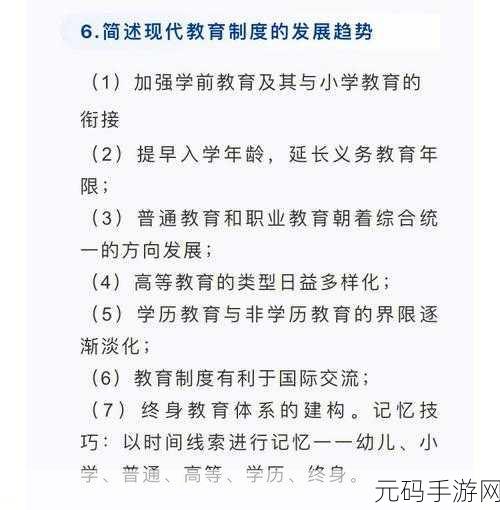便捷学习的时代
如今,教育与技术紧密结合,使得学生可以随时随地进行学习。无论是在家中、公交上还是咖啡馆里,只要有一部智能设备和网络连接,知识就能触手可及。这种灵活性不仅提高了学习效率,也让每个学生都能够根据自己的节奏掌握课程内容。
在线课堂的兴起
越来越多学校开始提供在线授课,这使得缺席或无法到校的学生也能继续跟进学业。录播视频、实时互动等方式,让老师与学生之间的沟通更加顺畅。同时,许多平台还支持跨地域交流,为不同地区的同学创造了分享经验和合作学习的新机会。

自主设定学习计划
基于个人兴趣和需求,自主制定学习计划成为可能。一些应用程序允许用户选择特定主题,以适应他们独特的成长轨迹。例如,如果某位学生对编程充满热情,他可以精细化规划相应课程,而无需受传统教学时间表约束。这种自由度激发了更多创新思维,也鼓励自我驱动型发展。
丰富资源获取途径
Moodle、Coursera 和 Khan Academy 等优质平台为用户提供大量免费的高质量教育资源。从基础数学到高级科学,每一个领域都有专家讲解。此外,各类电子书籍以及论坛讨论,都为求知者打开了一扇窗户。不再局限于教科书里的信息,更广泛深入地接触更前沿、更实用的知识。

社交媒体在教育中的作用
This era also witnesses the integration of social media into education. Platforms like Twitter, Facebook and even Instagram have become venues for educational discussions and share learning resources. Educators are leveraging these tools to create communities where students can ask questions, seek help or collaborate on projects in real-time.
# 学习小组及协作工具的重要性
Create virtual study groups with classmates using platforms such as Zoom or Microsoft Teams encourages collaboration among peers. This collaborative environment helps clarify difficult concepts through discussion while fostering a sense of community despite physical distance.
# 个性化反馈机制的发展
The use of AI-powered assessment systems allows educators to provide personalized feedback at scale. Students receive insights regarding their performance instantly, enabling them to focus on areas needing improvement without waiting for traditional grading processes.



